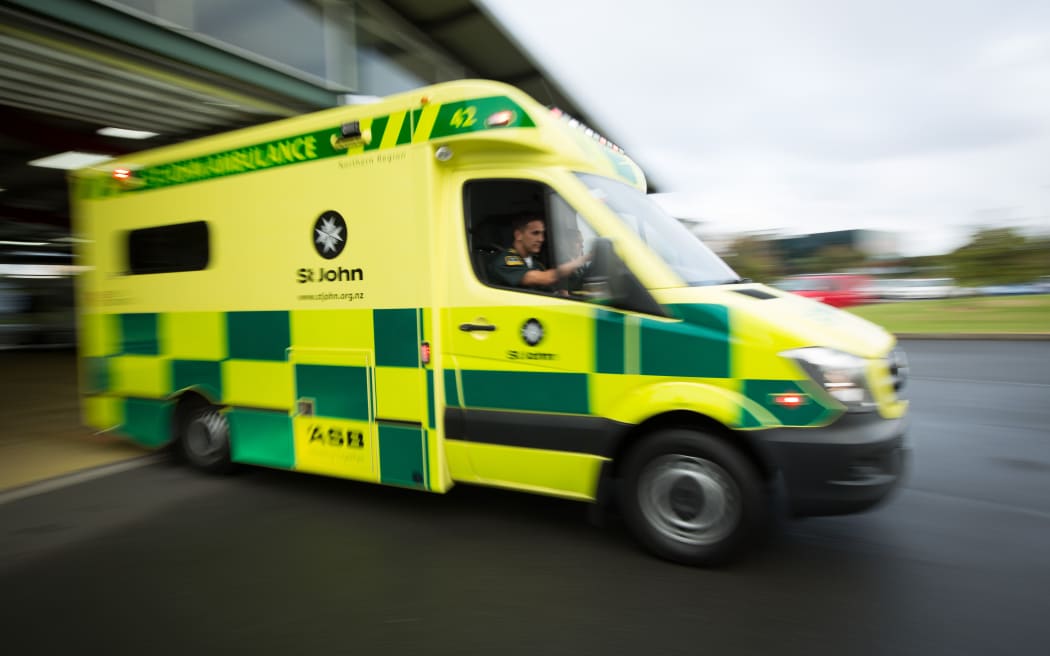St John Ambulance has warned the Government it will stop sending sole paramedics to emergencies within three years because it puts patients and staff at risk.

Photo: ST JOHN NZ
People needing medical help could face higher ambulance fees, as the charity is now scrambling to find the funding for the extra 350 staff needed for double crewing.
The Accident Compensation Coorporation and the Ministry of Health fund about 70 percent of St John's ambulance service, the remainder comes from the community and fundraising.
Letters obtained under the Official Information Act reveal St John's chief executive, Peter Bradley, told ACC and the ministry it would no longer send out single crewed ambulances to emergencies.
"[Single crewing] is a significant clinical and staff safety risk, and St John expects this to be addressed through changes in how ambulance services are funded in the future. In my view, the current funding model for this key national health and emergency service is not fit for purpose, and relies too much on the charity and good will of New Zealanders and on St John finding increasing levels of commercial and charitable income to prop up the core ambulance service," he said.
"I have said internally, and to ACC and the ministry, that from 2018 we will no longer send an ambulance out with only one person in it. In my view it is not an ambulance when it is single crewed, and therefore unsafe."
Mr Bradley said St John could not continue without more money, despite a funding boost in 2009.
It needs 350 more workers, at a cost of about $21 million, to have one paramedic and an assistant with every ambulance, he said.
St John was also considering increasing callout fees for non-ACC covered patients from $88 to $98, with Mr Bradley saying its current fee was modest compared with Australia's $700 charge.
But any increase was yet to be formally proposed and considered by the government.
First Union's national ambulance sector coordinator, Neil Chapman, said sending out single crews because of budgeting constraints put lives at risk.
"We have numerous near miss situations or just simple things like an inability to have safe lifting procedures in and out of ambulances, that's often a day to day occurrence," he said.
But increasing callout fees, or ambulance part charges, would prove costly to those using the service, he said.
"We see from day-to-day situations, people struggling to pay for the doctor's bill or presenting to a public hospital because they can't afford to go to the doctor, so adding those sort of things would be counter productive."
The chair of the Ambulance Association, Mark Quin, said the government should foot the bill to provide double crew ambulances.
He said the current funding model doesn't keep up with the ever increasing demand for ambulance services.
St John ambulances respond to more than 300,000 emergencies across the country each year.
"The funding is not keeping pace with the needs or the population needs or use of our services and every year there's an increase of our services by upwards of 10 per cent," he said.
The government has commissioned an independent review of the the way the country's ambulance services, St John and Wellington Free Ambulance, are funded.
The funding review is expected to be completed within the next three months.


